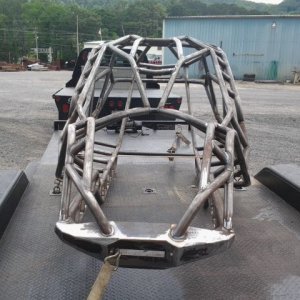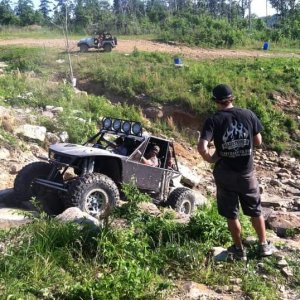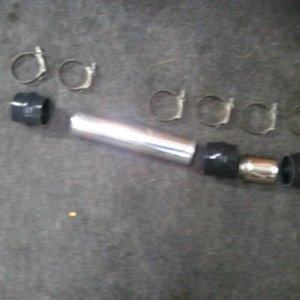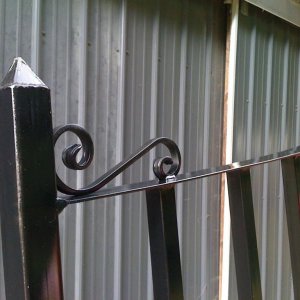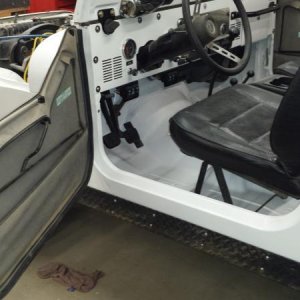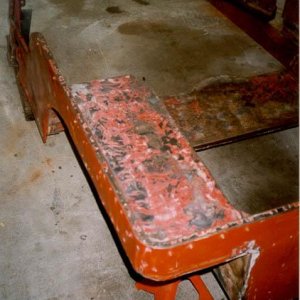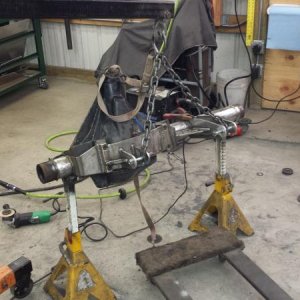CJunky16
Member
Double Triangulated 4 link vs Single Triangulated 4 link
What is better when running a set of 1 ton axels? Is the performance of the flex that much better for a double triangulated set up?
What do you prefer and why?
What is better when running a set of 1 ton axels? Is the performance of the flex that much better for a double triangulated set up?
What do you prefer and why?



